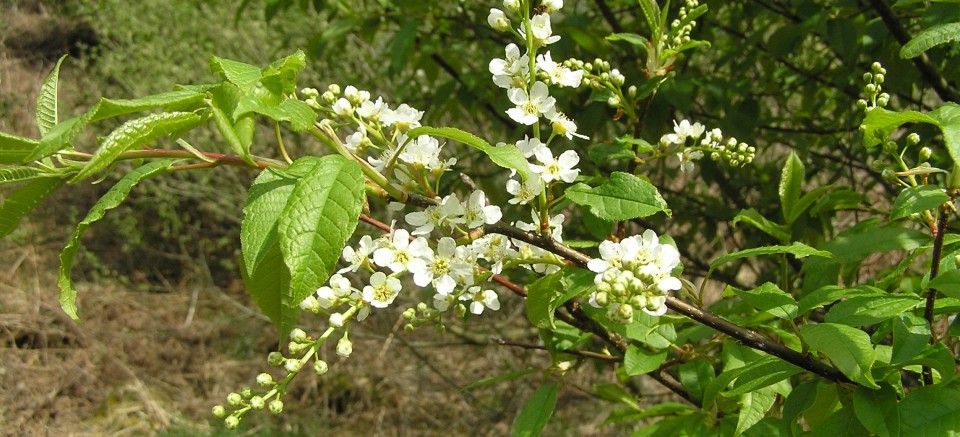Tags
Highland Clearances, Landscape, Murray Robertson, Scottish Natural Heritage, Scottish Planning Policy, Wild Land, wilderness

The ‘The Artist Traveller’ exhibition at the Royal Scottish Academy includes a series of pen and ink and digital pigment prints by artist Murray Robertson on the theme of wild land and wilderness. The centre-piece is a digital pigment print map of Scotland showing the Core Areas of Wild Land identified by Scottish Natural Heritage (SNH), with a legend and annotations in Gaelic. The work is titled Priomh Sgìrean na Talmhainn Fiadhaich II in Gaelic.
Robertson’s works were originally developed during a visual arts residency at Sabhal Mòr Ostaig on the Isle of Skye in 2015 and invite questions about the perceptions and values we bring to debates about Scotland’s land and landscapes and concepts such as “wild land” and “wilderness”.
SNH published a new map of ‘Core Areas of Wild Land‘ in June 2014. It has been given an important status as a basis for decision-making on development by being referenced in Scottish Planning Policy (para. 200). This incorporation into policy was primarily a response to concerns about the potential impacts of large commercial wind farms on sensitive rural landscapes, but there are fears that the broadly restrictive terms of the policy (para. 215) could inhibit almost any development activity over large parts of the Highlands, effectively preventing economic diversification and community renewal. Critics like Rob Gibson, the former MSP for Caithness, Sutherland and Ross and Convener of the Rural Affairs Committee in the last Parliament, have pointed out that many of the areas now described as core wild land were previously populated and believes that what has been mapped is “Clearances country”.
In December 2016, Scottish National Heritage published a common statement on Landscape and the Historic Environment prepared for the Scottish Historic Environment Forum by a working group comprising Historic Environment Scotland, the National Trust for Scotland and SNH. The document seeks to offer a ‘shared vision’ of the historic dimension of Scotland’s landscapes. This latest exhibition of Murray Robertson’s work reminds us that Scotland’s land and landscapes remain contested territory.
The ‘The Artist Traveller’ exhibition runs at the Royal Scottish Academy until Sunday 29 January 2017.
_________________________________________________________________
A version of this article was published by Bella Caledonia on 16 January 2017.

I am sure tha the Scotland and the “wild land” we hear talk of today is not the landscape of Scotland post the ice age until about 1800. From my Munro bagging days where we used to find evidence of habitation up to about 2000 feet. Rickles of stanes….nettles etc. Bog oak too. I look at highland glens and imagine them filled with small green fields, grazing, cattle and sheep. Crofts and people busying themselves. Once the people left the heather swept down and took over. I don’t think we should pander to the view that our wild land should be kept that way. Yes we need to keep some and the National Parks can be increased but generally we need people living in the glens again. It can happen….a lot easier than some imagine. Chicken and egg problem ….how do we get folk in before jobs. The answer is staring us in the face.! Broadband….real broadband. Linked to a policy of virtual office departmental dispersal…..ie why are Govt (or Corporate HQs) located in one huge building? Most LG Regional staff never move between floors….memos and info is sent on line. So….why not a virtual Department of say 50 employees working on line over a glen or many glens? Some say its too expensive to lay optic fibre through miles of empty country…..but given agriculture is not economic in the poorer land ( although it sustained enough folk to send huge armies to fight for Scotland in days gone by) our land has to be seen as an asset to be used. There are Satelite alternatives to optic fibre….before dismissing this tech…..consider a small satellite in geo stationary orbit centred on Scotland….given the limited number of residents the bandwith could be as high as was needed. Of course it would need Govt money. Yes and new roads and infrastructure….yes….but given we would be doubling the amount of lived in land….not a problem. Another incentive would be for Government to aquire thousands of acres of poor quality land and tenant out to every family who asked….a half acre of heritable land…..to build a house….off grid of course. To stop speculaters building up a bank the plot could only be given back to the State. I would rather see a bustling Highlands …with windfarms than a wilderness albeit walking in the high plateu is exilerating…..its a false landscape.
Good stuff Ian – well said.